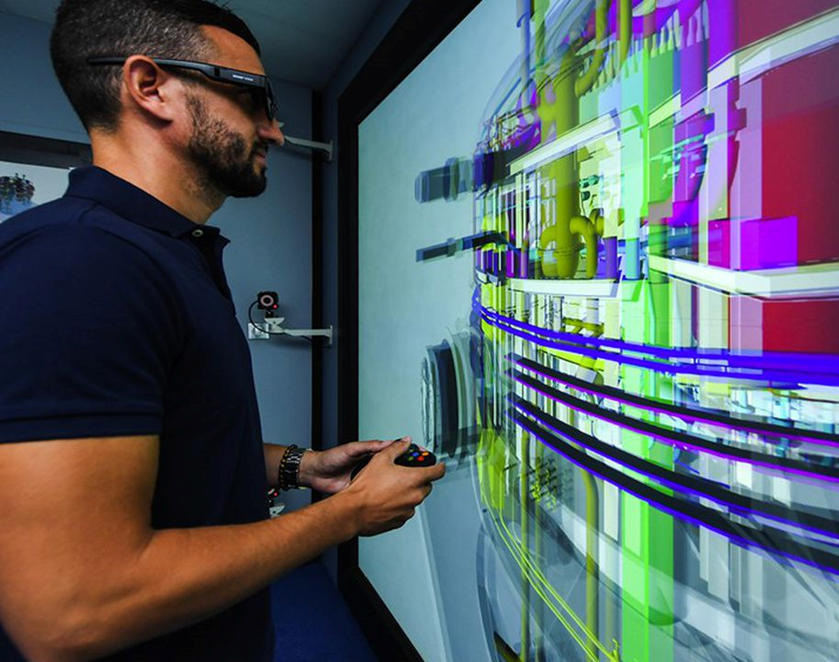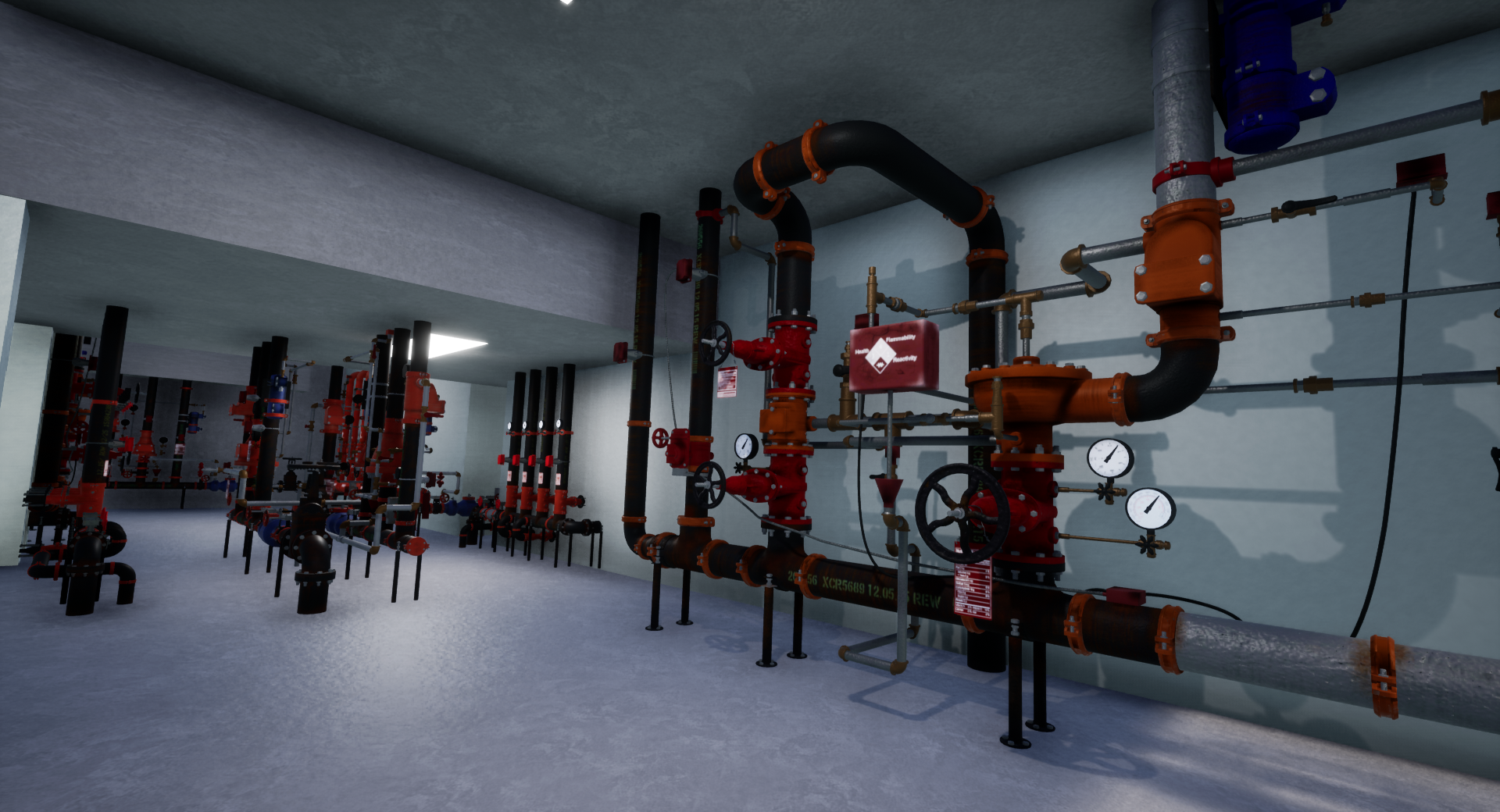According to the France 2030 plan, the country must prepare and deploy the nuclear power of tomorrow. The stakes are high on many levels and the entire sector must be transformed to achieve the objectives set for the next eight years.
Nuclear energy is still the largest part of the French energy mix, accounting for more than 67% of national energy production in 2020.
According to Xavier Piechaczyk, President of RTE, the French Electricity System Operator, this situation is not likely to change, as the country’s objective is to produce decarbonized energy without oil and fossil gas by 2050.
Develop disruptive technologies
It is partly in order to meet this objective that last October, the French government launched the “France 2030” investment plan, which aims to develop industrial competitiveness and future technologies with an allocation of 30 billion euros deployed over 5 years.
One of the objectives of this plan is to develop breakthrough technologies (see also our article on the digital twin), in particular small modular reactors (SMRs), which are reactors of smaller size and power than conventional reactors that were initially used on ships or submarines.
In parallel with the SMRs, there is also the desire to launch the construction of six new EPRs in France. EDF has confirmed that the costs of these EPRs would be much lower than that of Flamanville if the production of all six were launched at the same time.
3 significant transformation challenges for the nuclear industry
The transformation challenges for the nuclear sector are considerable and to achieve this, we think first of all of the following three points:
- Global optimization and co-design: The new EPRs will have to be designed like mass-produced industrial products, integrating the performance of the industrial organization, but also anticipating the constraints and costs of maintenance.
- Control of the timetable: because mastering development times and production deadlines which imply significant costs will be essential in view of the political stakes and past experiences.
- Development of human skills: training operators and managing the qualification of teams. All of the planned nuclear projects necessarily involve considerable needs for qualified personnel. The sector must therefore meet a very significant training need in order to have qualified operational technical teams in the short term to conduct operations.
These three points, which seem key to us, must be integrated with the next generation tools and to the digital transformation. It is essential for the nuclear sector in order to reach state-of-the-art industrial standards.
By extension, it is really a profound evolution for the nuclear industry (and profession) that is currently taking place in France.
The use of 3D models and VR solutions to address these new challenges
The new technological tools, relying massively on the use of 3D models that can be deployed to all project actors, must be used centrally and integrated into the heart of the design, production, training and operation processes.
To go further, we can think that the fundamental challenge is to make 3D evolve into a common language; this implies that the sector must take a gigantic leap forward by bringing all the stakeholders to set new standards and operating methods.
SkyReal virtual reality products address a large part of these issues, and many use cases can be considered in the conception, the development and operation of complex systems such as EPR or SMR.
Examples of use cases of SkyReal solution
Conception et design
In these fields, the SkyReal VR solutions offers possibilities to collaborate and share immersive experiences online with collaborators or partners. It allows to test and validate the design of products, to make design reviews, to comment, to share feedbacks and to save the modifications made during the VR sessions directly in the CAD system.
Thoses features are essential for all stakeholders in order to make the right decisions; the time saving for the engineers is considerable.
The challenge is to be able to iterate quickly from the design phase on a 1:1 scale model in order to involve all project stakeholders (suppliers, safety, CHSCT, construction teams, etc.) and to identify constraints as soon as possible.
With SkyReal, virtual reality is also a tool used at other levels of the design process such as the work on organization and the disposition of the components of industrial production units; so we can optimize the workstations of the operators, make ergonomic verifications and validate the decisions. These features are more and more used by ergonomists to identify MSDs issues in the workplace and to quantify the drudgery of tasks on production lines.
The use of VR in the petrochemical sector serve to design the pipe circuits on its projects of platforms or industrial buildings, here is an illustration:
Validation of complex industrial processes
It remains a major issue in any sector, and VR offers efficient possibilities to define installation and maintenance ranges by offering a view and thus an industrial 3D approach.
Typically, it allows manufacturing engineers to define future operations by projecting themselves directly into the operational scene, at 1:1 scale of course, and to define or verify a sequence.
Our client Airbus recently reported that they were able to avoid more than 600 errors thanks to design reviews done in VR on the A350 assembly line project in St Nazaire, BEFORE the line was delivered.
Other clients, such as ArianeGroup, who also develop products that are difficult to prototype at 1:1 scale, use SkyReal solutions as a validation tool for their assembly sequences.
Regarding the nuclear sector, there are many possibilities to leverage the use of SkyReal solutions to improve the design of a complex system such as an EPR or SMR.
Training and assessment
VR allows learners to experience situations that simply would not be feasible for safety or cost reasons in the real world. Real life actions can be practiced and real consequences experienced, whether good or bad, over and over again. Alerts and corrections to missteps along the way, with real-time feedback. Preparing for emergency scenarios or rehearsing tasks, everything is possible in VR.
Given the national ambitions in the nuclear field, the need to train a whole new generation of operators will be great in the years to come; and it will be on maintenance and safety procedures that work will have to be done first. Efficiency will be guaranteed thanks to immersive training and VR training programm and, hopefully, will make the sector attractive for recruitment.
The technologies we are talking about here exist and work in many industries in different sectors. The question for the nuclear industry is how to integrate them, which implies a profound transformation. This is a large-scale project that goes beyond the development of technologies and involves processes, culture and organisations with a huge impact on the nuclear sector.




